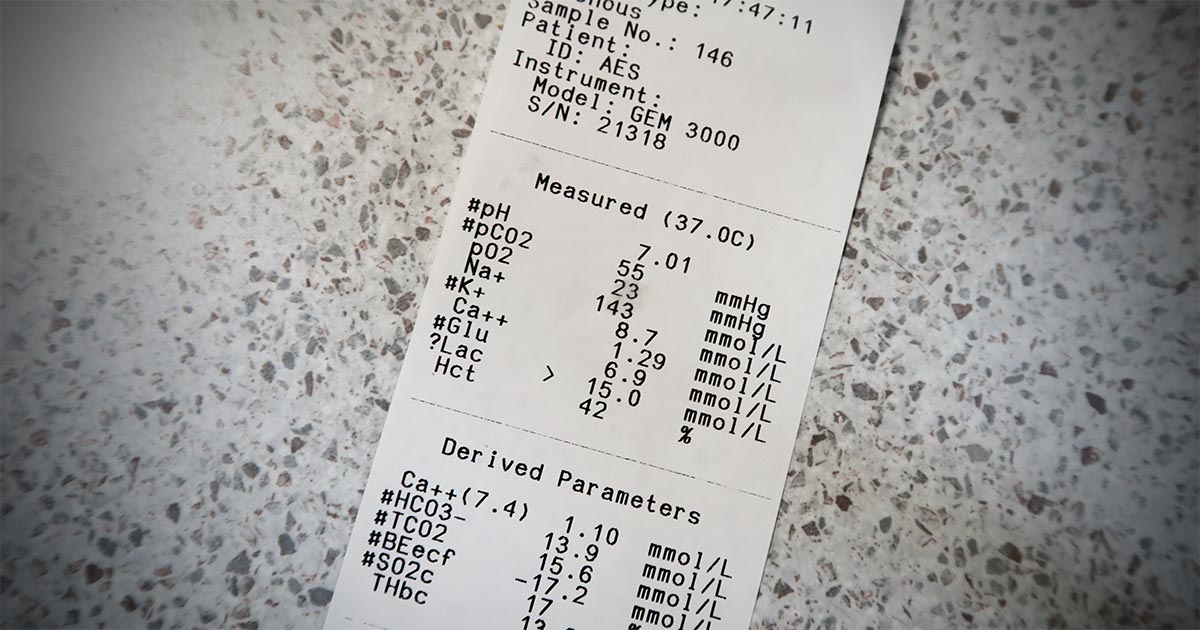Tag: Cats
-

Systemic hypertension, part 1
—
by
Blood pressure monitoring is a standard practice as part of human medicine physical examination. In veterinary medicine, however, this is often omitted due to patient compliance issues, as well as inaccuracy as a result of transient hypertension caused by stress and fear. Systemic hypertension ultimately results in target organ damage – brain, heart, kidneys and…
-

Feline aortic thromboembolism
—
by
If a cat comes in unable to walk, consider the three Ps: pain paralysis pulselessness Feline aortic thromboembolism (FATE) should be on top of your differentials. Figure 1 demonstrates the colour change in the paws of an affected cat outlining blood flow: the pink pad is the unaffected cat’s front paw, while the pale pad…
-
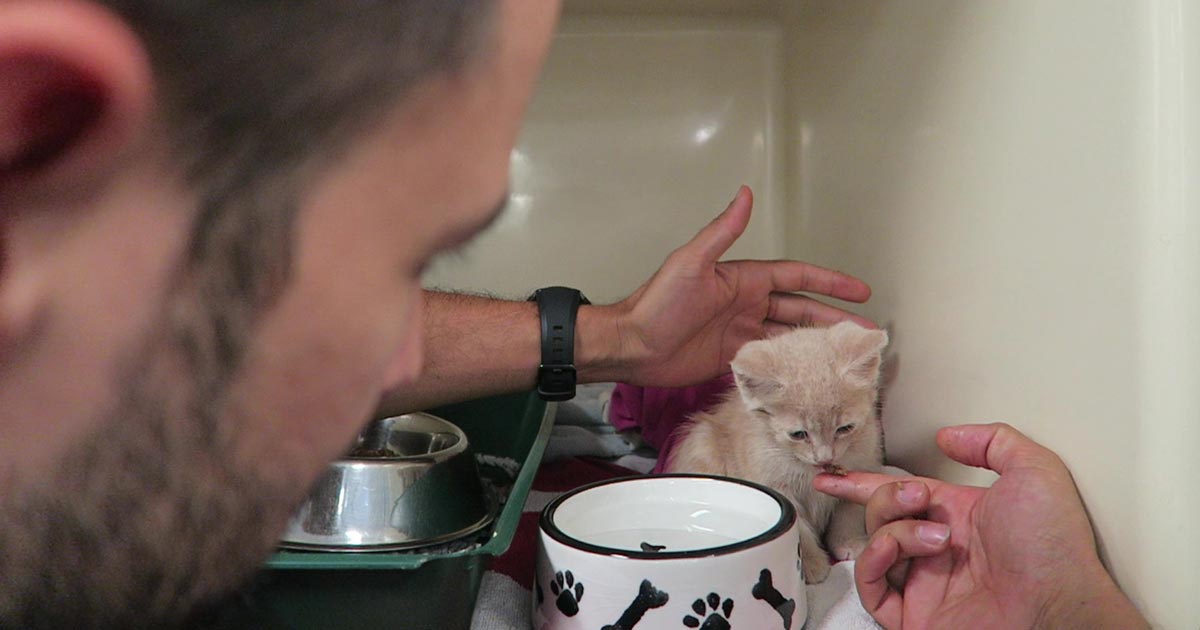
Nutritional healing power
—
by
Nutrition is a key factor in a patients recovery; in fact, numerous studies show getting patients to eat as soon as possible or providing nutritional support early has several benefits: Patients start to eat on their own earlier. They are less nauseous once they start. Reduced mortality. Improved wound healing. All of these contribute to…
-
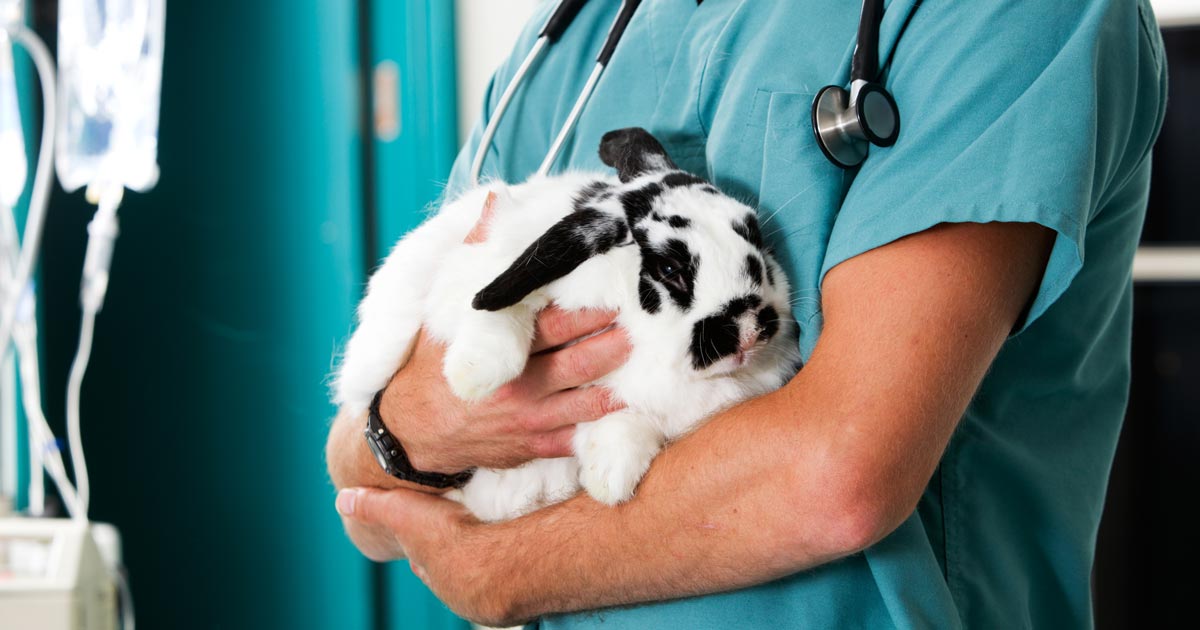
Are rabbits really ‘exotic’?
—
by
According to PDSA [PDSA Animal Wellbeing (PAW) Report 2022], rabbits are the third most popular pet in the UK behind dogs and cats. With an estimated 1.1 million pet rabbits in the country, that’s about about a tenth of the population of pet dogs and cats, which hover around the 9 to 10 million mark.…
-
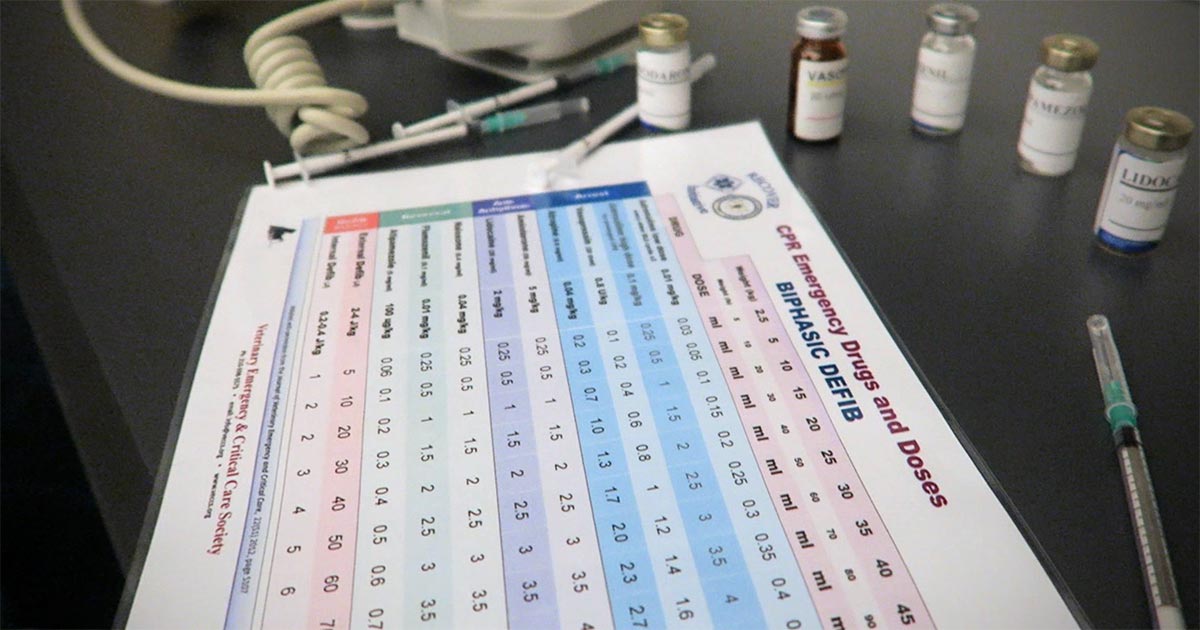
Cardiopulmonary resuscitation, pt 5: advanced life support
—
by
Advanced life support (ALS) can only be initiated once basic life support (BLS) has commenced. Where BLS refers to the initial stages of intubation, ventilation and chest compression, ALS is the advanced stage where vasopressors, positive inotropes, anticholinergics, correction of electrolyte disturbances, volume deficits, severe anaemia and defibrillation are performed. This is an important aspect…
-

Cardiopulmonary resuscitation, pt3: airway access
—
by
Hypoxia and hypercapnia have both been shown to reduce success in resuscitating human and veterinary patients – highlighting the importance of airway access and ventilation in the early phases of cardiopulmonary resuscitation (CPR). Although the benefit of early ventilation – within the initial minutes of CPR – is not clear in animals, it appears to…
-
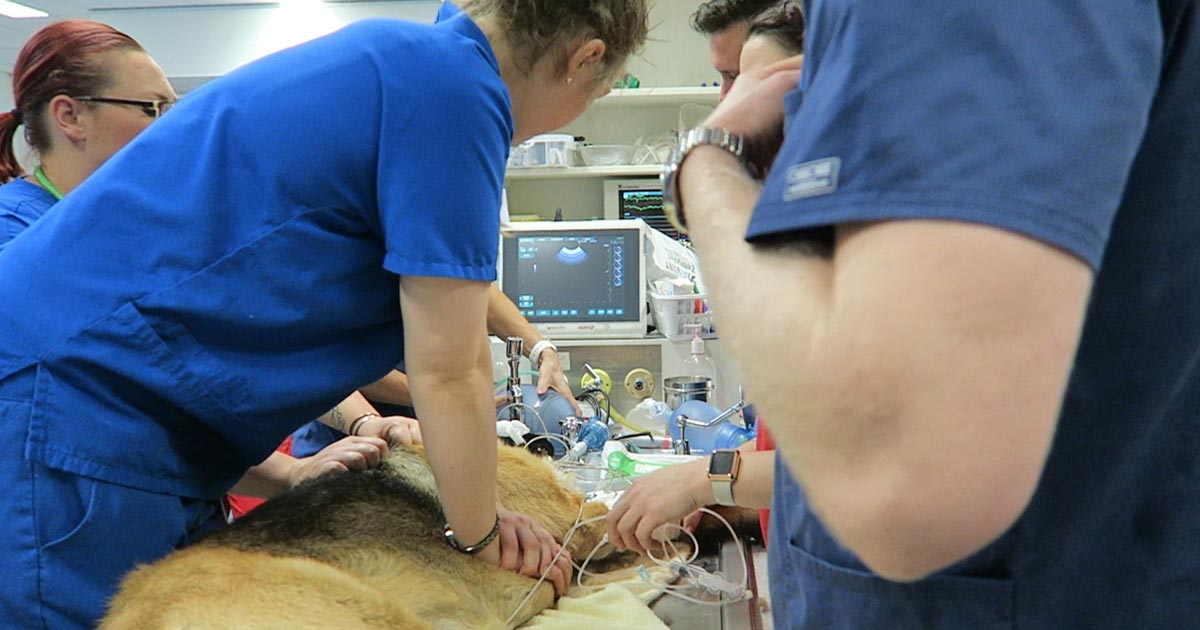
Cardiopulmonary resuscitation, pt 2: basic life support
—
by
In the cardiopulmonary resuscitation (CPR) guidelines, CPR is divided into basic and advanced life support. Basic life support (BLS) involves the act of chest compressions and ventilation. Prior to the CPR guidelines – developed by the Reassessment Campaign on Veterinary Resuscitation initiative, based on extensive, systemic veterinary literature reviews – no standardisation existed in CPR…
-

Mental health and self-care in our veterinary nursing community
—
by
As Veterinary Nursing Awareness Month nears its end, the appreciation I have as a vet for hard-working nurses worldwide remains endless. You are compassionate and empathetic, counsellors to distressed clients, shoulders to cry on, advocates for pets and a vet’s most reliable comrade. Together, we have the power to save and better the lives of…

